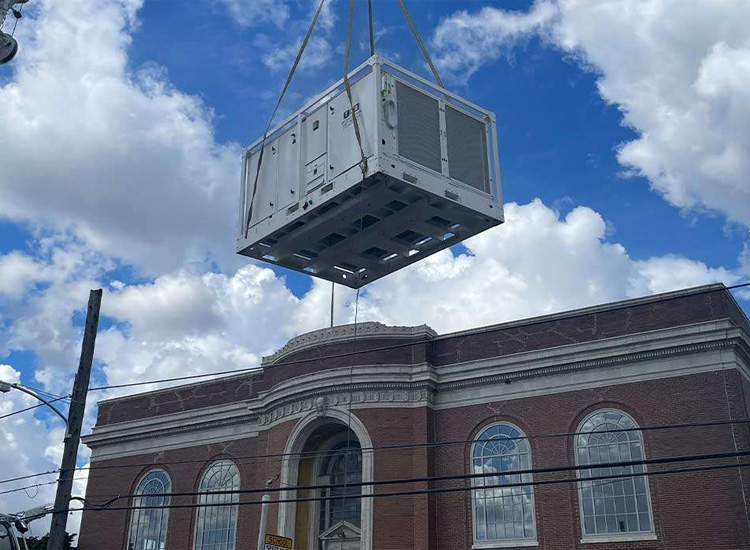
Get the latest news, industry insights, and company updates from REIC Specialty. From new equipment innovations and project highlights to safety advancements and expert tips, our News Page keeps you informed on everything happening in the world of specialty rentals, climate control, and power solutions. Stay connected and see how we’re continuously evolving to serve our customers better.
Need a hand? Give us a call!
Let us help you find the most efficient and cost-effective rental solution for your climate conditioning needs, ensuring optimal performance and reliability for your project.
© 2025 REIC Specialty
All Rights Reserved
A Kinderhook Industries
Portfolio Company
© 2025 REIC Specialty
All Rights Reserved
A Kinderhook Industries
Portfolio Company